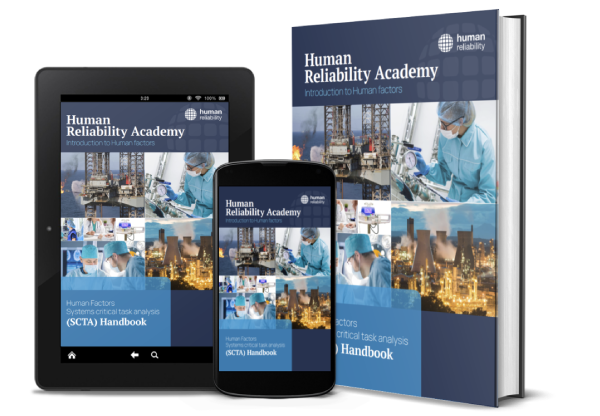SYSTEMS Critical Task Analysis (SCTA): A Case Study for Quality Improvement (QI)
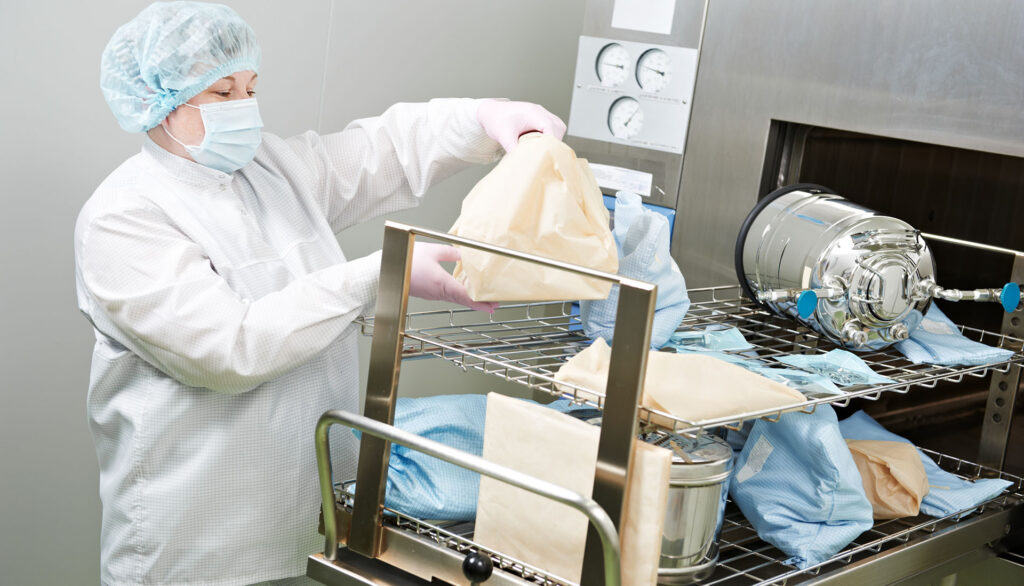
This is our latest blog post on SYSTEMS Critical Task Analysis (SCTA) and how it can enhance Quality Improvement (QI). With over 15 years in human factors across diverse sectors, I’ve seen firsthand how SCTA can elevate human performance in complex environments.
SCTA Workflow: Where the rubber hits the Human Factors Roadmap

Following her last blog, Lydea shows how the SCTA process can be used as a way to implement the HF Roadmap in practice
Critical Competences: SCTA & risk-informed competence standards
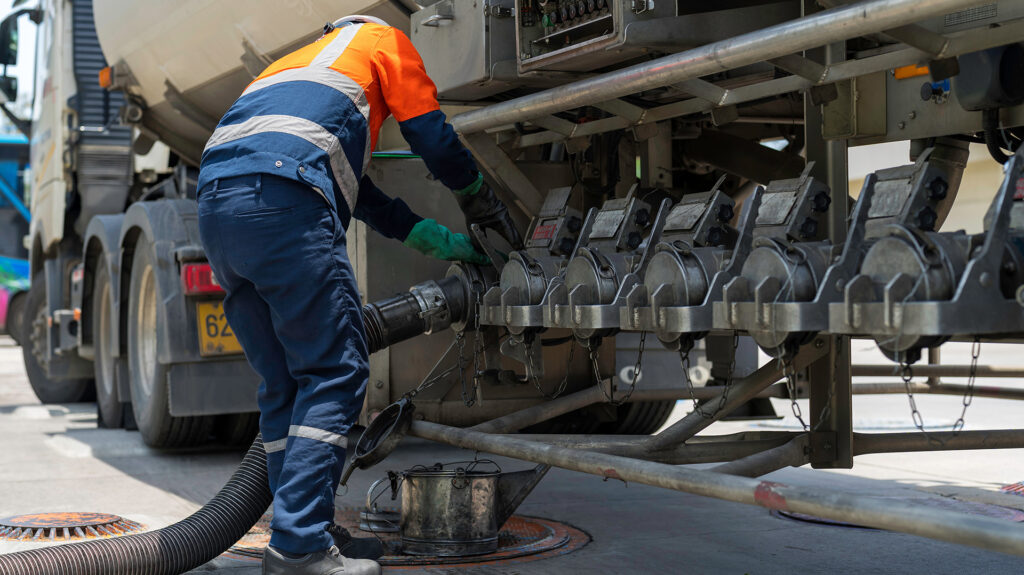
Safety Critical Task Analysis (SCTA) is a well-established process in the UK onshore and offshore petrochemical and oil and gas sectors. It is a systematic process for the assessment and management of human failure.
In Praise of Positive PIFs (Performance Influencing Factors) in Human Factors Risk Assessments

Performance Influencing Factors (PIFs) are factors that can increase or decrease the likelihood of human error occurring. Negative PIFs increase the likelihood of error; positive PIFs decrease the likelihood of error.
Navigating the Human Factors Roadmap: Part 1
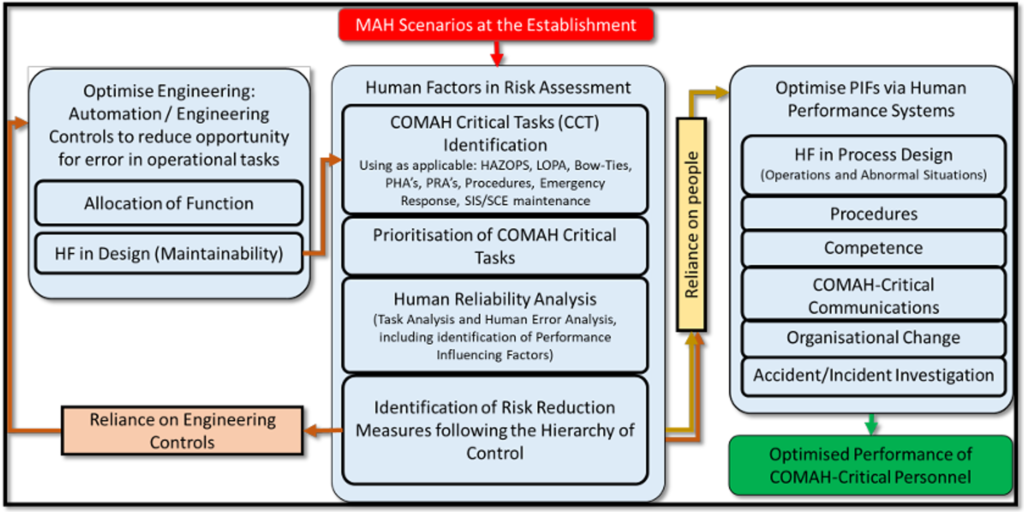
In this blog series, Lydea describes the steps of the HF Roadmap and how the SCTA process aligns with the roadmap.
Safety Critical Task Analysis (SCTA): A former Offshore Inspector’s perspective
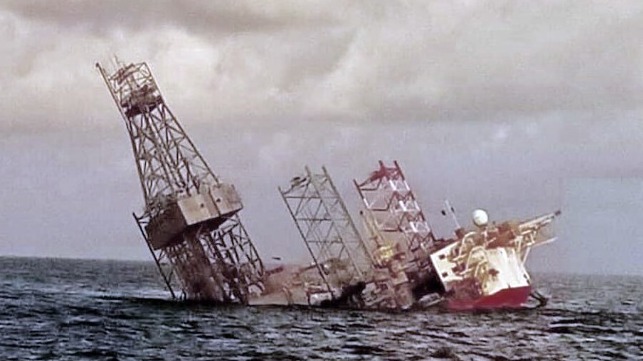
I’ve noticed several recent posts claiming that for companies in the UK Oil & Gas sectors “there is a regulatory requirement to carry out Safety Critical Task Analysis”.
This statement needs to be put into context.
Applying Safety Critical Task Analysis (SCTA) to a hazardous task: Indoor Rope Climbing

Recently, I started taking on indoor rope climbing. Having been on both ends of the rope, I was curious about how this would look from a Safety Critical Task Analysis (SCTA) perspective.
Introduction to Human Factors SYSTEMS Critical Task Analysis (SCTA): Going beyond safety

In a world where efficiency, productivity, and excellence are paramount, organisations are constantly seeking methods to optimise their processes, streamline operations, and meet their objectives. One such approach is SYSTEMS Critical Task Analysis (SCTA). CTAs are most typically used for safety assessment. Systems CTA extends this focus to other applications such as enhancing efficiency, improving quality, and optimizing processes.
Communication, Technology and the Video Assistant Referee (VAR)
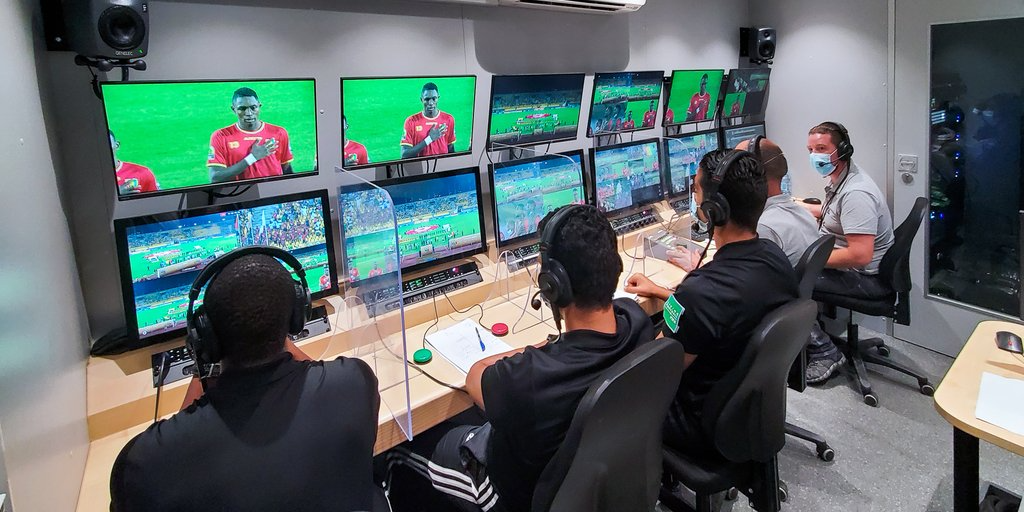
There was a big refereeing error in the match between Tottenham and Liverpool and Liverpool at the weekend (1st October). A Liverpool goal was ruled out for offside by the on-field refereeing team. In the English Premier League, there is a Video Assistant Referee (VAR) system which allows on-field decisions to be scrutinised by a group of officials with access to video technology.
Top 5 takeaways from doing HTAs

Having participated as a facilitator in our in-house Human Factors Safety Critical Task Analysis (SCTA) course, as well as taking part in various SCTA workshops for around two years, I thought I would share my top 5 takeaways from doing and teaching HTAs.







